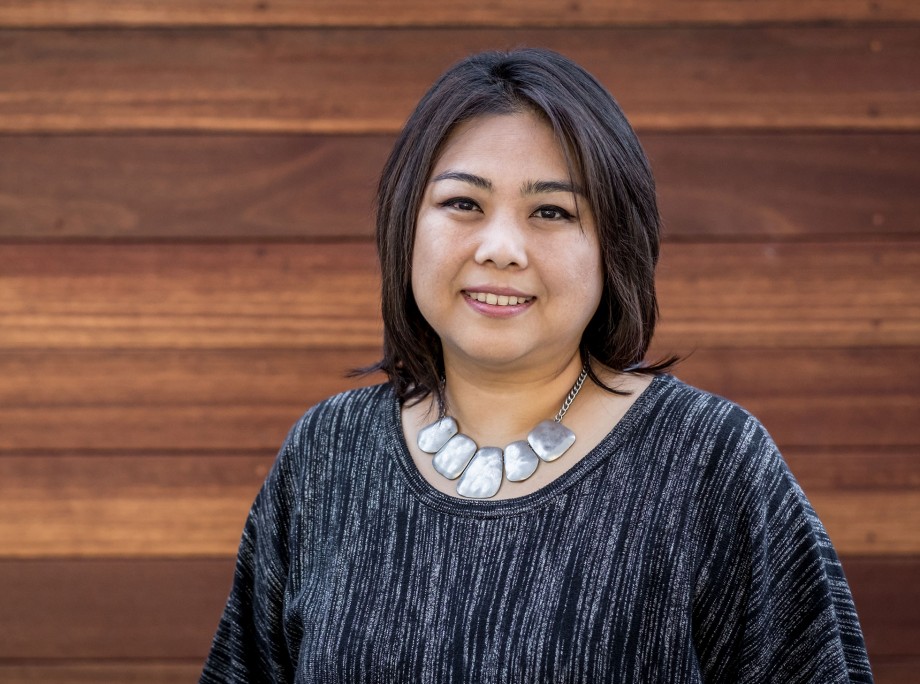Soo Im – The Challenge Of Building Middle-Income Housing For Seniors
GlobeSt.com
June 8, 2017
LOS ANGELES—Building and operating middle-income senior housing is “the next great challenge” of the real estate industry, according to a panel on the topic at the 3rd Annual Interface Seniors Housing Midwest. Soo Im, the director of design at KTGY Architecture and Planning and a speaker on the panel, says that tackling the issue means creating an affordable project that also provides amenities and services for seniors. She believes that redevelopment projects will provide the best way to affordably develop these opportunities.
“With the high percentage of one bedroom and studio units in senior living housing, there are some very attractive opportunities for repurposing buildings like hotels, offices, and hospitals for active adult rental and Assisted Living and Memory Care communities,” Im tells GlobeSt.com. “We are currently working on one of each. The biggest challenge for repurposing existing buildings is the building dimensions and the structure, whether they can provide efficient spacing and sufficient outdoor and daylight opportunities for the new program. Older buildings in locations that provide the shopping and entertainment amenities for residents are a great plus.”
Aside from construction, providing amenities and services and affordability are among the biggest challenges. “In the Skilled Nursing market, profitability has been an issue with many communities and with changing regulation on the Medicare/Medicaid reimbursable, most for-profit operators are focusing on short-term rehab facilities rather than long-term care focusing on state-of-the-art therapy facilities,” explains Im. “Overall, I think a big challenge for the senior-related healthcare industry is affordability for those that are living on very limited social security income and do not have any family members that can assist financially.”
However, there are also areas of growth. Memory care is one area that can benefit the market. “Memory Care is one area where there is still a lot of interest and research and everyone’s still learning how to best provide care for this population,” says Im. “This mean there’s a lot of room for innovation and the need for Memory Care is expected to grow substantially in the next decade as people live longer. We are designing with flexibility in mind so that part of the Assisted Living and Memory Care communities can be converted as needs change.”
Im adds that there is also room from growth in homecare, saying, “Homecare is another area where we will likely see more growth rather than the focus on brick and mortar to help support individual needs both physically and financially.”

